Hiatus takes us through a unique and glorious album track
British-Iranian producer Hiatus has unveiled his long-awaited fifth studio album “Is” released via Lucky Thunder. Building upon the foundations laid by his previous acclaimed release “Distancer”, Hiatus’ latest offering once again features collaborations with Iranian vocalist Malahat Haddad and kamancheh virtuoso Faraz Eshghi Sahraei.
How it was made with PRVHA
Where “Distancer” grappled with the grief and isolation of the pandemic era, “Is” exudes a palpable sense of euphoric transcendence. Hiatus credits this shift in tone to the rejuvenating experience of performing his first live shows in a decade, which reignited his connection to the communal power of music.
Fusing western electronic and classical sensibilities with the microtonal, modal inflections of traditional Persian Dastgāh, Hiatus’ signature sonic alchemy shines brighter than ever on “Is”. This cross-cultural synthesis is exemplified on the album’s lead single “Delta” – a rapturous, kaleidoscopic odyssey born from Hiatus’ festival appearances, layering chopped vocal samples, pulsing rhythms, and swirling synthscapes into a euphoric whole.
With “Is”, Hiatus has delivered a genuine artistic breakthrough – a joyful, life-affirming work that channels his Iranian heritage through a prism of boundless, transcendent electronic music. We sat down with the producer to uncover the secrets behind creating this landmark album.
I’m not a technically minded producer. I trained as a journalist, and got into music accidentally, and for the first few years I was just twiddling knobs until things sounded close to how I wanted them. The result was often a mess: the mix process for my first album, Ghost Notes (2010), took more than a year, with a ridiculous amount of money spent on mastering and remastering.
Five albums later and I’m more clued up, though I’m still mostly reliant on Ableton plug-ins when it comes to mixing. That’s why I decided to take this record to my friend Alex O’Donovan, a producer and mix engineer who has a studio at Strongroom in east London. The result is my most lush sounding album, and the first one I’ve put out into the world without a nagging sense of things I wish I’d done differently. Mastering was done by Katie Tavini at Weird Jungle, who enhanced the sound in all the right ways.
- Vocals – Comeback Kid – Baby Audio
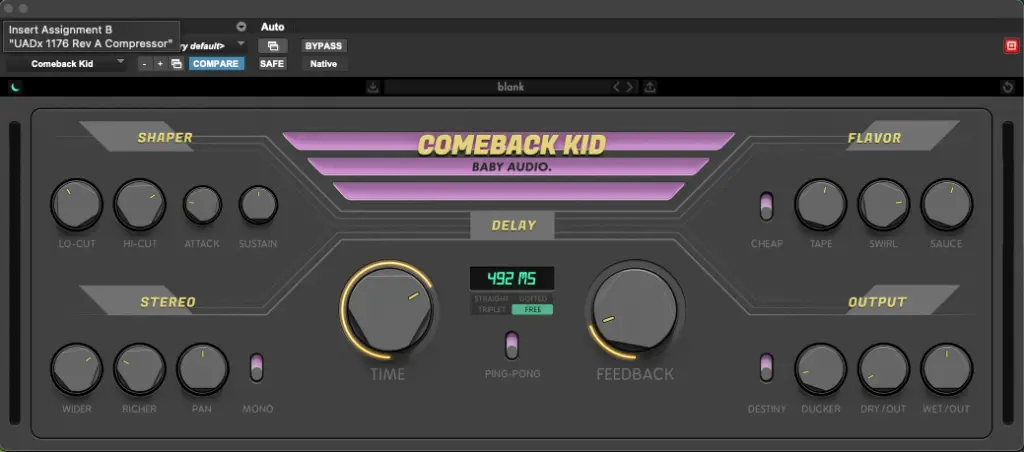
This track features a chopped and pitched-up sample of Bo Bruce, singer in the band Equador. I love the way the words are jumbled and almost meaningless, but there was something slightly stilted about the way it fit so neatly to the beat. To remedy this, Alex used the Comeback Kid delay plug-in by Baby Audio, which allowed him to adjust the delay time manually by milliseconds rather than beat divisions. The result is a pattern of diminishing echoes that isn’t robotically stuck to the grid, but rather fits the general groove of the track. The plug-in also allows for frequency filtering to roll off highs and lows, and has tape saturation and stereo widening to enhance texture.
- Strings – OTO Bam
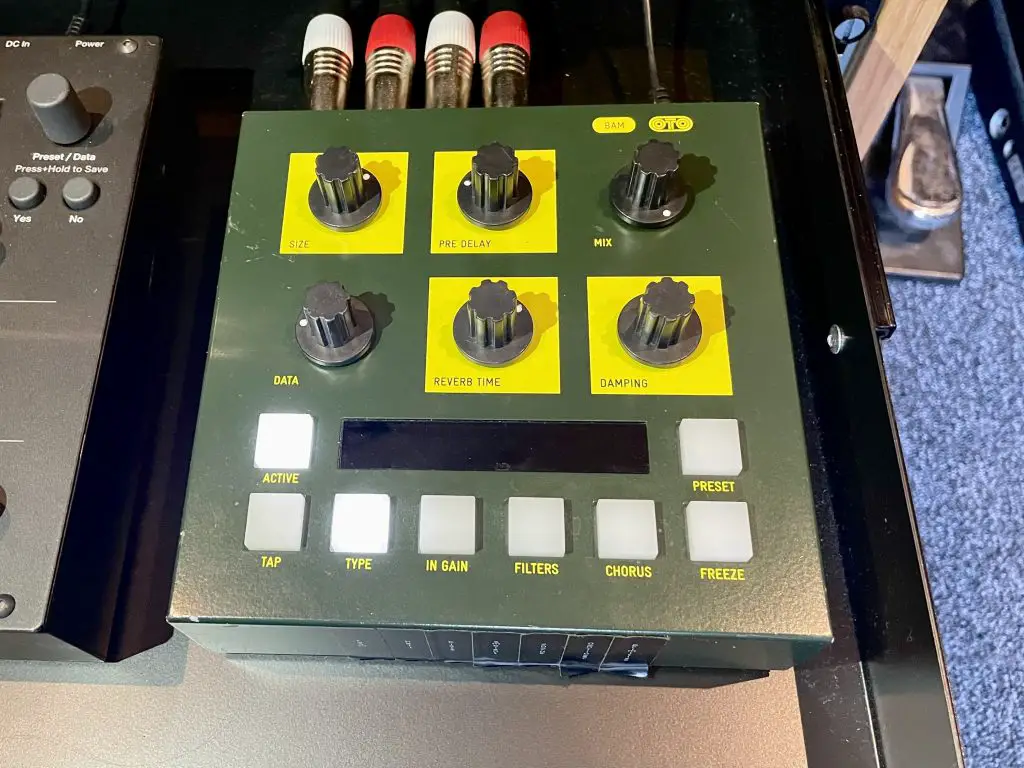
Delta features my friend Faraz Eshghi Sahraei playing kamancheh, an Iranian string instrument, which I recorded in my studio using an AKG 414. Alex ran this through his OTO Machines Bam Space Generator, a digital hardware reverb inspired by the Lexicon units of the 1970s and 80s. This allowed us to avoid a common problem with using the same reverb plug-in on multiple tracks, namely that it builds up a lot of the same artefacts and aliasing, resulting in an overall sound that feels overly digital. The Bam has a rich character, grainy and with natural warmth, and it’s fun to use on a real instrument like this, with changes made in real time by turning knobs rather than mapping MIDI.
- Bass – Omega Transformer
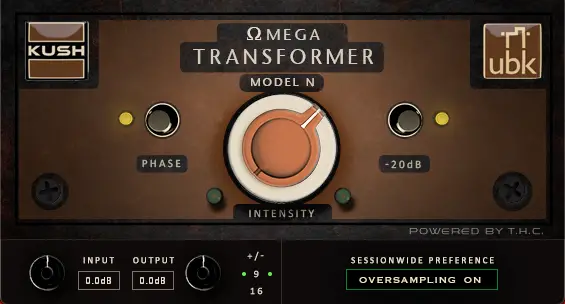
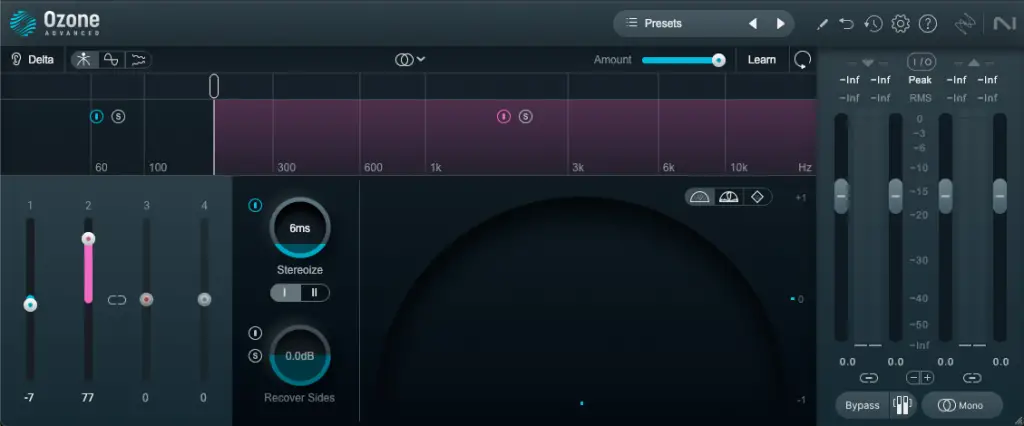
The bass in this track is a combination of two Omnisphere sounds, one thick and subby, the other with mid-range growl and the low end filtered out. Alex first ran this through the Omega Transformer Model N, a harmonic saturation plug-in that added weight and depth. He then used the iZotope Ozone 11 Imager, a stereo widener that he set to affect only those frequencies above 185Hz, with the result that the sub stays mono, and the widening happens only to higher frequencies. He then sent it to a Kirchhoff EQ that was sidechained to the kick drum, ducking a specific frequency (120Hz) every time the kick hit, which gave the kick power and helped it sit alongside the bass without compromising low end. Finally he sent it to a Teletronix LA-3A audio leveller to smooth it out.
- Drum Bus – Soundtoys Devil-Loc & NOVATRON

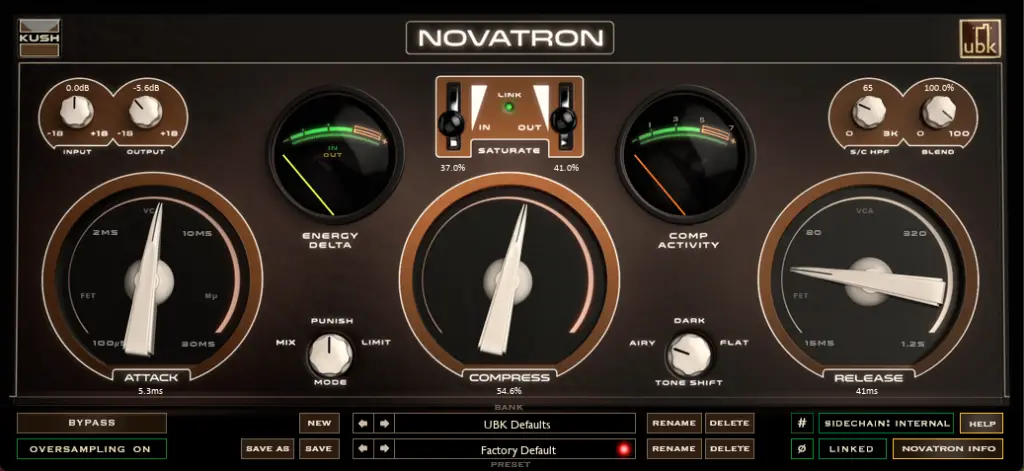
The drums in this track were sent to a parallel bus on which Alex used a Novatron compressor by Kush Audio. This allowed him to blend in some heavy compression with medium-to-fast attack and fast release alongside the cleaner drum bus. He then ran this into the Devil Loc by Soundtoys, a more extreme compression and saturation plug-in that aggressively distorts the signal, which was then subtly mixed into the track to add transient energy and excitement.
- Mix Bus – Vertigo – VSM 3

Alex used a Vertigo VSM-3 saturator on the mix bus. This allowed him to saturate the middle and side channels separately, which created extra width by exciting high frequencies in the side channels, and generated depth by adding harmonics to low frequencies in the mid channel. All of this was done subtly and in parallel, with the result that the track feels bigger and more immersive without becoming muddy or over-saturated.
‘Delta’ is on the album ‘Is’ by Hiatus, which is out now.
Connect with Hiatus: Instagram |
The post HOW IT WAS MADE: HIATUS – DELTA appeared first on Magnetic Magazine.